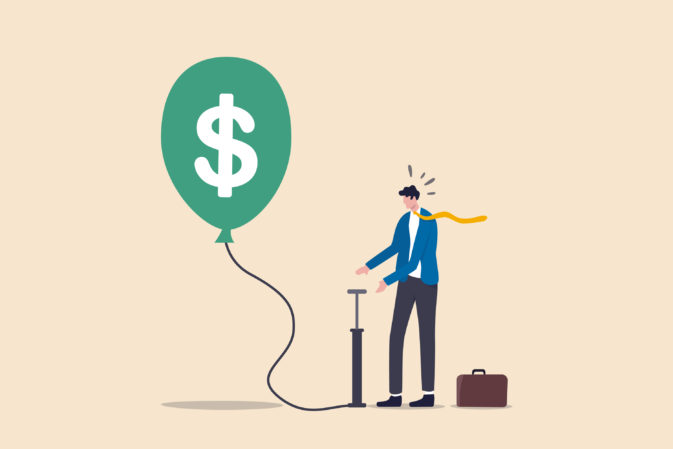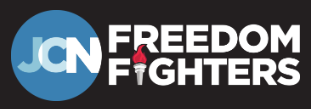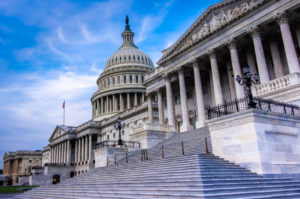Congress Should Avoid Spending-Induced Inflation

As the country emerges from the lingering pandemic, the U.S. economy is rebounding and revved-up for a 2021 boom. Texas and Mississippi are among states to recently lift business restrictions broadly—a trend others will likely follow in the weeks and months ahead. Unshackling businesses and giving consumers the thumbs-up to resume usual commerce will unleash a wave of pent-up demand.
Friday’s report from the Bureau of Labor Statistics is one barometer of the surging recovery. Nearly 380,000 Americans were added to payrolls in February—bringing total job creation to 12.9 million since April. Americans have also put a bigger emphasis on saving since the pandemic began and are now teed-up for a shopping spree. Household savings rates reached a record high in April and have remained above the two-decade average ever since.
If we play our cards right, the indicators suggest a bright economic future ahead. But federal officials and policymakers should be careful not to gin-up the economy too much. Inflation could be lurking behind the corner and could bridle progress.
Some inflation—or the rate at which the price of goods and services rise—is healthy. In fact, the Federal Reserve pinpoints a two percent inflation level as ideal. But runaway inflation needs to be avoided. As the prices of goods and services rise, the purchasing power of the dollar drops—changes that can catch consumers and small businesses off guard. Stability is key to continued economic growth.
One source of inflation is government spending. As Uncle Sam fires-up the printing press to cover deficit spending, prices will rise in conjunction with a growing money supply. From that perspective, the trillions of stimulus dollars spent by Congress to address the coronavirus over the past year should raise eyebrows.
Some targeted pandemic-related spending was warranted to help struggling small businesses and their employees. Lockdown rules enforced by state and local governments that limited, if not barred, business operations left small enterprises with nowhere else to turn. The Paycheck Protection Program (PPP)—which has provided more than $660 billion to date—gave these small businesses and their employees a lifeline to help weather the crisis.
However, there is no shortage of pork spending on pet projects in each of the pandemic bills that passed in the last year. The $1.9 trillion legislative package that was just approved by Congress and signed by President Biden is a case in point. Only a fraction of the bill’s spending is for coronavirus-related relief. Earlier iterations of the legislation even included a component that more than doubled the federal minimum wage. How that policy is related to the pandemic is anyone’s guess.
Keeping programs like the PPP funded along with other appropriations that directly contribute to a return of pre-pandemic norms is welcome. But typical Washington spending on pet projects disguised as pandemic relief shouldn’t be tolerated.
Going forward, any new coronavirus spending should be targeted and temporary.
The U.S. economy is on the road to recovery. As small businesses continue to pick up the pieces and begin firing on all cylinders, the government needs to avoid sabotaging the rebound. Let entrepreneurs do what they do best and we’ll return to the pre-pandemic economy in no time.
Elaine Parker is president of the Job Creators Network Foundation.





